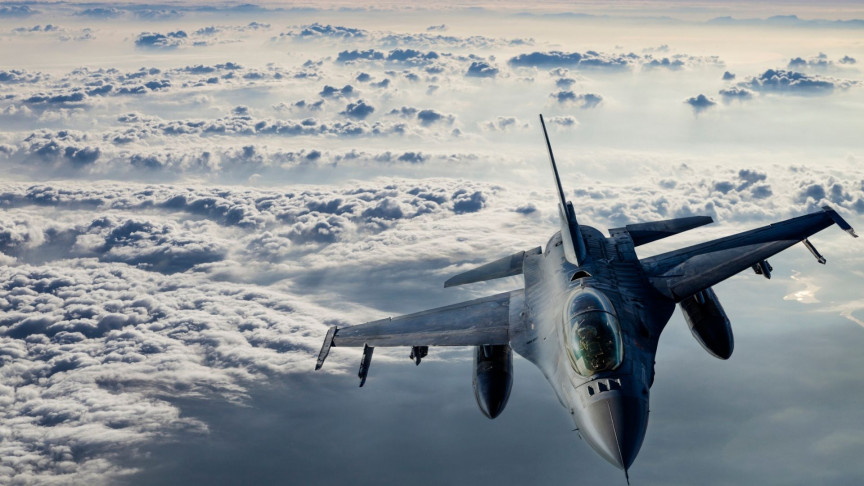
interestingengineering.com
Two F-16 Pilots Pass Out Mid-Flight, Software Saves Them
In separate incidents, two fighter jet pilots passed out mid-flight, but as their planes careened downwards, the ground-collision avoidance systems kicked in and saved them.
International
In separate incidents last year, two F-16 fighter jet pilots passed out mid-flight above Nevada. Their jets and themselves would have almost certainly crashed had the built-in software system not kicked in and pulled them back upwards to safety.
Both pilots regained consciousness as their jets were automatically lifting up, mere seconds from a ground collision, allowing them to recover control of their jets, reported Popular Science.
These pilots had experienced G-LOC, or G-induced loss of consciousness — something relatively common for fighter jet pilots.
Experiencing GLOC is something most fighter pilots have gone through, and learn how to safely manage. They'll experience GLOC, which is when blood wants to rush out of their brains, during a sharp and fast turn, for example. To combat this pilots wear specific G-suits and learn the anti-G straining maneuver, where they use a muscle and breathing exercise to prevent from passing out.
However, there are instances when these methods simply don't work, and pilots pass out mid-flight. This is when software such as Auto GCAS comes in extra handy. According to a Lockheed Martin spokesperson, to date, the software has saved 11 pilots and 10 F-16 jets.
The software that saved them
The system is called the Automatic Ground Collision Avoidance System, or Auto GCAS, and was created by Lockheed Martin. Auto GCAS is installed in the majority of F-16 and F-35 fighter jets — which are also developed by Lockheed Martin — and is placed there to save pilots' lives in case of GLOC-related loss of consciousness.
In the case of the two pilots in Nevada last year, the Air Force Safety Center explained to Popular Science that in both cases, "Auto GCAS is credited with saving the pilots’ lives."
Lockheed Martin explains that its software system is made up of a set of complex collision avoidance and autonomous decision-making algorithms, which use "precise navigation, aircraft performance, and on-board digital terrain data to determine if a ground collision is imminent."
If the system does pick up an imminent collision, it carries out a set maneuver: roll to level the wings, and a +5g pull right at the end.
A short video declassified by the U.S Air Force in 2016 shows another incident where an F-16 pilot passes out — it's easy to spot the moment software kicks in and pushes the aircraft upwards.
According to comments on the YouTube video, the jet dropped around 0.6 miles (one km) per second, from around 9,320 miles (15,000 km) down to 2,485 miles (4,000 km), which is when the Auto GCAS intervened — with four seconds to spare before a ground collision would have taken place.
It's an impressive software that clearly saves lives and aircraft.
























































